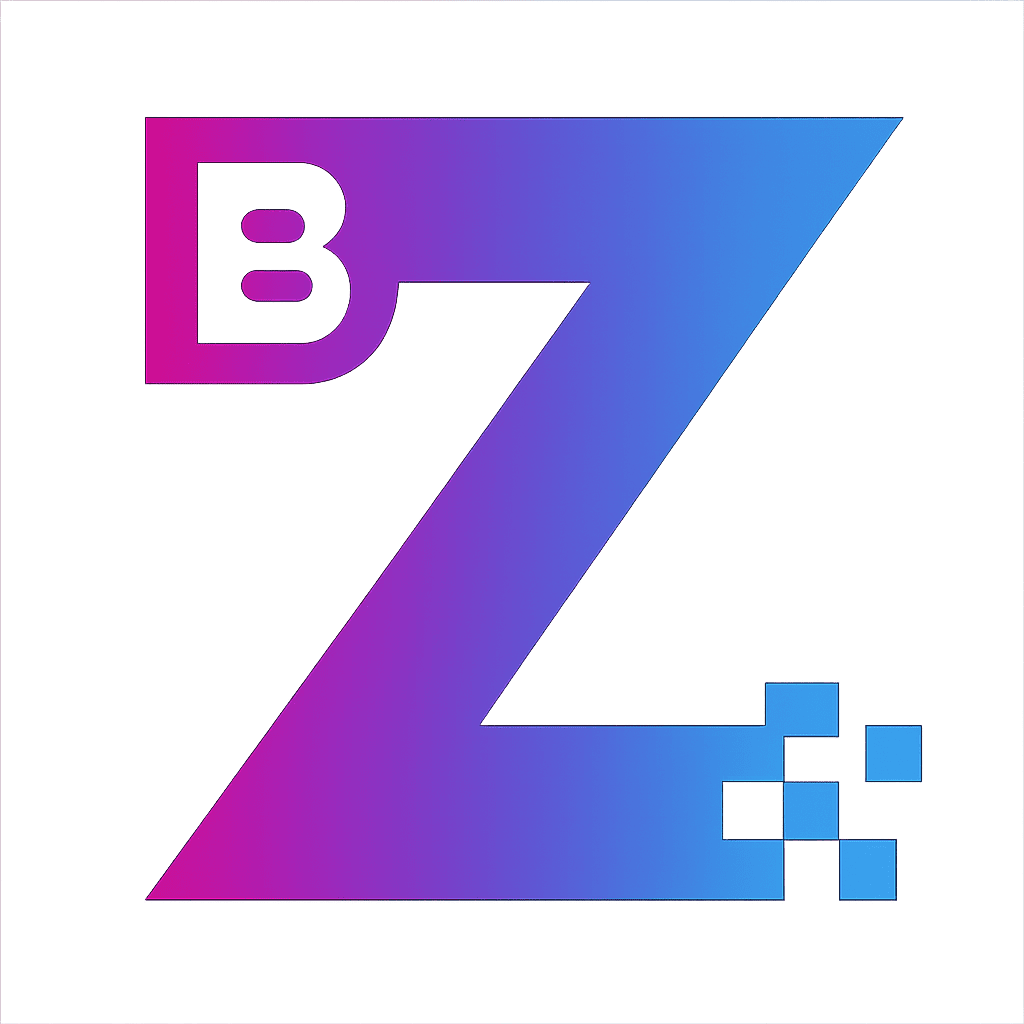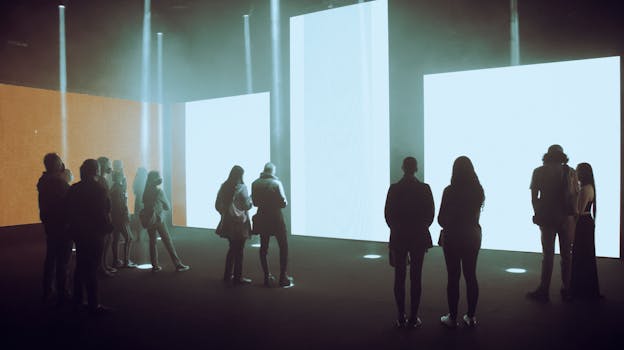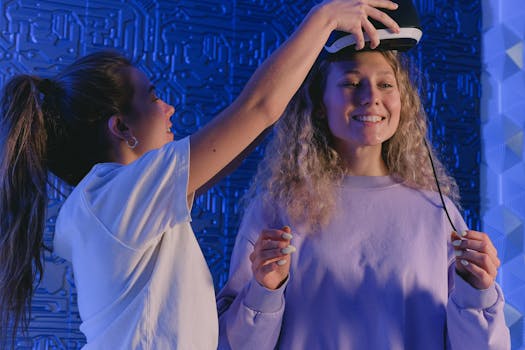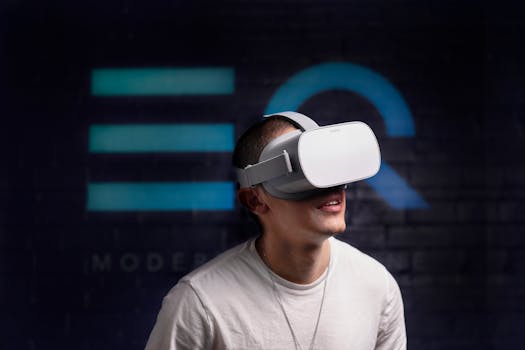Anúncios
Spotting a new beat can spark the urge to do more than just hum along. Small creative moments come alive the instant inspiration hits, especially when people have music apps available nearby.
Across communities, anyone who streams a favorite track might wonder, “Could I make something like this?” That curiosity pairs with technology, so music apps take center stage for countless would-be creators.
This article guides you through each step music apps use to empower those who once only listened. You’ll find practical advice, real examples, and see how your own creative spark can thrive here.
Starting with Sound: First Steps for Listeners in Music Apps
Opening a music app grants immediate access to a personal studio. Many listeners begin by tinkering with playlists, but the path from shuffling tracks to tweaking beats now unfolds in a few taps.
Before recording vocals or mixing tunes, apps invite users to try tools like beat pads, instrument emulators, and guided tutorials. The onboarding process can feel like learning to ride a bicycle—with guardrails, progress feels smooth and safe.
Exploring Pre-Made Loops as Templates
The first creative jump is easier when a structure already exists. Loops act like blank coloring pages, inviting users to fill sections with their own style or sound layers.
Someone might drag a drum loop, tap in a synth, and instantly hear results. The simple workflow removes technical limits, letting users experiment quickly and fearlessly until something clicks.
This turns casual play into a session where someone says, “I didn’t know I could do that!” That sense of discovery is a key step toward building creative confidence.
Tapping into In-App Tutorials for Quick Progress
Onboarding tutorials highlight a key feature or tool each time the app opens. Instead of overwhelming new users, guided lessons focus on small achievements, like sampling a sound or layering instruments.
Short video demos and interactive prompts keep users engaged. These walkthroughs mirror a helpful friend showing you around, except the lessons always fit your pace and mood.
After completing a tutorial, users feel ready to attempt something new—recording vocals, mixing drums, or sharing a creation, all at their own speed.
| App Tool | User Goal | Ease of Access | Actionable Next Step |
|---|---|---|---|
| Beat Pad | Create custom rhythms instantly | One-tap setup | Try tapping out a simple four-beat drum loop |
| Instrument Emulator | Experiment with virtual piano/guitar | Icon in main menu | Record a melody idea before forgetting it |
| Loop Library | Remix pre-made audio | Searchable by mood/genre | Layer a bass loop to build your own track base |
| Tutorial Videos | Learn production basics | Step-by-step guidance | Complete a five-minute lesson on adding effects |
| Share Button | Send or post creations | Instant access post-edit | Share your new loop with a friend for feedback |
Building Creative Habits: Easy Wins That Motivate Daily Use
Music apps break big tasks into small creative achievements. Each session ends with tangible wins—a new track snippet or improved mixing technique—which replaces hesitation with eagerness to return the next day.
Noticing steady progress—like reusing a favorite sample or discovering an unexpected harmony—fuels a sense of mastery. Momentum grows as each completed step is celebrated, nudging users closer to fully producing original tracks.
Embedding Creation into Everyday Routines
Making music part of daily life turns occasional fun into regular practice. Users who schedule five-minute beatmaking sessions after work keep ideas fresh while lowering creative pressure.
Setting reminders, using widget shortcuts, or pairing app sessions with coffee breaks turns casual listening into incremental creation. Over time, these habits reveal hidden creative strengths.
- Start with micro-tasks, like looping a verse, to ensure progress even on busy days.
- Create a favorite template for quick access, lowering the friction of opening the app.
- Use in-app rewards or badges to mark streaks and milestones, making improvement visible.
- Pair music creation with a familiar habit, such as journaling or morning routines, for consistency.
- Set a weekly challenge for yourself, such as finishing a 30-second tune every Sunday evening.
Stacking these small behaviors makes continued growth possible—and soon, creating music feels as commonplace as listening.
Lowering Barriers with Smart Guidance
Lots of apps cycle hints, reminders, or progress markers as users work. First-time producers appreciate real-time feedback recommending which tool or sample to try next.
In-app communities offer help that removes uncertainty about “what works here,” and officially endorsed playlists motivate experimentation by spotlighting fresh techniques or original tracks from other users.
- Watch a suggestions carousel to see trending techniques used by peers and creators.
- Submit an unfinished track for community check-ins, receiving tips on layering or transitions.
- Use tag searches for genres or actions to avoid getting lost in choice overload.
- Tap ‘try this’ on popular presets to see instant improvements in clarity or emotion.
- Share short project clips for targeted, friendly feedback—“Does this hook work?”—to guide next moves.
Removing roadblocks lets creativity flow consistently, so anyone can strengthen technical skills without getting stuck.
Reimagining Collaboration: Social Tools for Shared Creation
Music apps now blend social networking with studio tools. Users exchange files, remix each other’s work, and join virtual bands, making the creative process inviting and rewarding for all involved.
Instant Track Sharing Lets Friends Give Specific Feedback
When someone finishes a demo, sharing is as easy as tapping a button. Friends hear the draft and offer focused advice—suggesting lyric changes or vocal tweaks—helping sharpen ideas quickly.
One user might say, “Shorten the intro for a catchier start,” while another proposes layering harmony over the chorus. Collaboration like this speeds creative growth and brings fresh perspectives into every project.
Making changes based on direct advice leaves users eager to send their updates back, creating a loop of constructive feedback. This accelerates learning and keeps the creative process dynamic and enjoyable.
Joining Challenges to Push Creative Boundaries
Music apps frequently host remix or style challenges, encouraging users to reimagine popular tracks or invent new sounds. Participating provides clear instructions so anyone can jump in—“Make a 16-bar beat with this guitar riff.”
Seeing a challenge’s rules on the screen, users plan their entry by mixing recognizable samples with original touches. The energy builds as participants watch their submissions rank or earn badges, reinforcing a sense of achievement.
Even if a creation doesn’t win, users gain actionable techniques, learn new methods, and join group discussions about best practices, making each event a learning experience for casual creators and dedicated musicians alike.
Demystifying Musical Skills: Tutorials and Prompts That Guide Every Step
Built-in learning tools help anyone transform knowledge gaps into proud “aha!” moments. Apps structure lessons to answer real questions—like how to balance vocals or create transitions—so every step forward is meaningful.
Breaking Down Complex Techniques with Layered Prompts
Advanced production might sound daunting, but music apps explain challenging topics one action at a time. Prompts show up exactly when needed, detailing techniques such as sidechain compression or chord progressions, without overwhelming the user.
For instance, after a user adds a drum track, a tip might pop up: “Try boosting high frequencies here for more punch.” Immediate, relevant guidance smooths the learning curve.
When users connect improvements to what they just heard, lessons become memorable. This feedback turns once-mysterious skills into reliable habits, so casual fans gain technical confidence.
Encouraging Creativity Through Short, Playful Challenges
Prompt-based tasks invite users to try new ideas risk-free. These might be “reverse a vocal line” or “finish this melody your way,” sparking unexpected results and revealing hidden preferences.
Actionable instructions cut the anxiety of starting from scratch. Completing short tasks, even imperfectly, builds a habit of playful exploration. Results always have a use—whether as snippets for future songs or reminders of progress.
Embracing imperfection encourages continued engagement and a willingness to return. This transforms casual time with music apps into a creative playground where every session adds value and learning is enjoyable.
Inviting Everyone to Create, Not Just Listen: The Expanding Impact of Music Apps
Music apps have turned the role of “listener” into “creator” for millions, by lowering barriers and guiding each person from passive enjoyment to hands-on music-making. What started as casual streaming now blooms into daily creative experiences full of expression and growth.
The journey from selecting playlists to sharing original work happens naturally. Seamless transitions, actionable guidance, and supportive communities back every step, making music creation feel accessible and fun to anyone who tries.
As music apps continue evolving, each user—no matter their starting point—finds practical tools and meaningful feedback. This movement welcomes new voices and keeps fueling innovation, proving that everyone can play a part in music’s next chapter.



